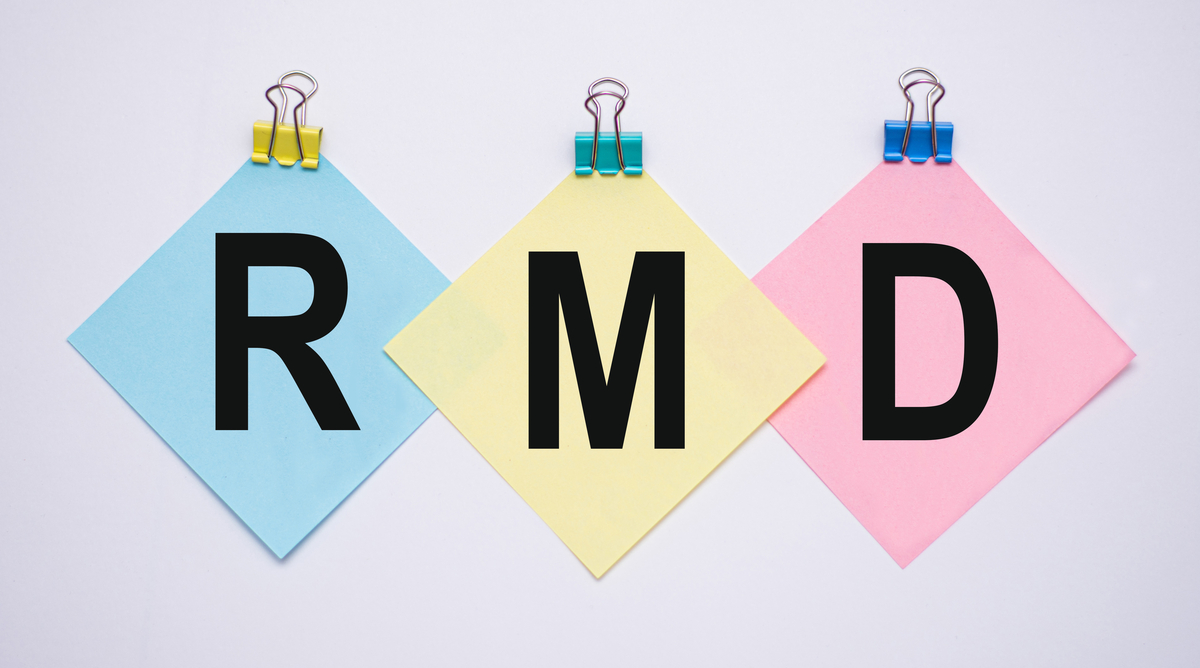Knowing these rules could save you from paying some stiff penalties or higher taxes.
In just a few months, we’ll turn the calendar to 2025. Before we do, however, there are some important financial tasks to take care of. One of the biggest for many retirement account holders is required minimum distributions, or RMDs.
While you get a tax break when you contribute to a tax-deferred retirement account like an IRA or 401(k), Uncle Sam eventually wants his cut. That’s why the IRS imposes RMDs once the original account holder reaches a certain age. RMDs currently begin the year you turn 73. You must start withdrawing your savings from your account at that age and paying the taxes on those withdrawals.
If you don’t know all the required minimum distribution rules, it could result in some stiff penalties. Failing to take a required minimum distribution on time could result in a penalty of up to 25% of the amount you were supposed to withdraw. You’ll also still have to make the withdrawal and pay the income taxes due anyway, so it pays to make sure you take your required minimum distributions on time, which is usually before the end of the year.
The rules do change, and recent legislation has added some confusion to what exactly the rules are and how they apply. Here are three RMD rules everyone must know before the end of 2024.
Image source: Getty Images.
1. You have three extra months (or longer) to take your first RMD
As mentioned, RMDs currently begin the year you turn 73. However, there’s a special rule for your first year taking them. You can delay the distribution up until April 1 of the following year. So, 1951 babies have until April 1, 2025 to make their first withdrawal from an IRA or 401(k). The RMD amount is still based on your retirement account balances as of the end of 2023.
Every RMD after your first is due by Dec. 31. That means you’ll have to take two distributions in a single year if you choose to delay your first. That could result in a significant tax burden for some retirees. It might not make sense to avoid taxes this year just to pay even more in taxes next year.
If you’re still working at age 73, you may be able to delay RMDs even longer. You don’t have to take RMDs from a defined contribution plan like a 401(k) until after you retire (if your plan allows for it). Importantly, the rule only applies to your current employer’s retirement plan. But that plan may allow you to roll over old 401(k)s or even your IRA, avoiding RMDs entirely. The first RMD from the plan is due the year after you retire, instead of the year after you turn 73.
2. You might not have to take an RMD on an inherited IRA this year
The Secure Act changed the rules on inherited IRAs starting in 2020. The new rules apply to anyone who inherits an IRA from someone who passed away after Dec. 31, 2019.
Instead of being able to stretch out withdrawals from an inherited IRA throughout your lifetime, beneficiaries now only get 10 years to empty the newly inherited account. There are exceptions for spouses, minor children, beneficiaries less than 10 years younger than the IRA owner, and disabled or chronically ill beneficiaries.
With the new rule, however, it was unclear if someone inheriting an IRA after 2019 had to continue taking RMDs annually if the original owner had already begun doing so. After all, the government would get their tax money within 10 years anyway, when the account was fully depleted. The IRS waived the RMD requirement for 2020 through 2024.
The IRS recently decided that it will start enforcing RMDs on inherited IRAs beginning in 2025, and annual distributions must continue in cases where the original owner previously began taking them. Importantly, the 10-year rule still applies retroactively to when the account was inherited.
Even if you aren’t subject to an inherited IRA RMD in 2024, it might make sense to withdraw a portion of the account now and pay taxes. The more years you spread withdrawals over, the easier the tax bill could be to manage. If you had to withdraw the entire amount in a single year, it could result in a much higher tax bill overall than you would have paid by spreading out distributions over several years.
3. You can reduce your RMD by up to $105,000
If you have a large balance in your IRA, you may be facing a substantial RMD. If you’re charitably inclined, one of the best ways to give your money away while reducing the tax burden of your RMD is by using a qualified charitable distribution, or QCD.
A QCD allows you to distribute funds directly from your IRA to a charitable organization. That distribution will count toward your RMD, but you don’t have to wait until age 73 to take advantage of a QCD. They’re available to anyone age 70 1/2 or older.
The advantages of using a QCD over a standard charitable donation can be quite meaningful. For one, it effectively moves what would be an itemized tax deduction above the line. In other words, you can avoid taxes on your IRA distribution and still take the standard deduction.
Additionally, a QCD won’t add to your adjusted gross income. That can play an important role in how your Social Security income and capital gains get taxed, and how much you pay in Medicare premiums.
You don’t have to donate tens of thousands of dollars to take advantage of QCDs. Even if you only want to donate a portion of what your RMD would be, it can be a great option for retirees to save on taxes.

